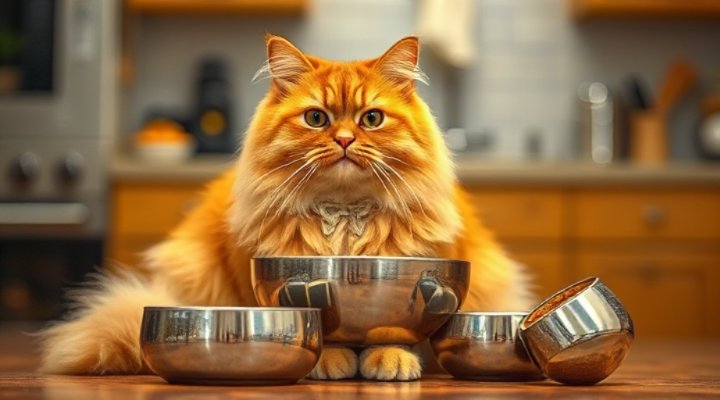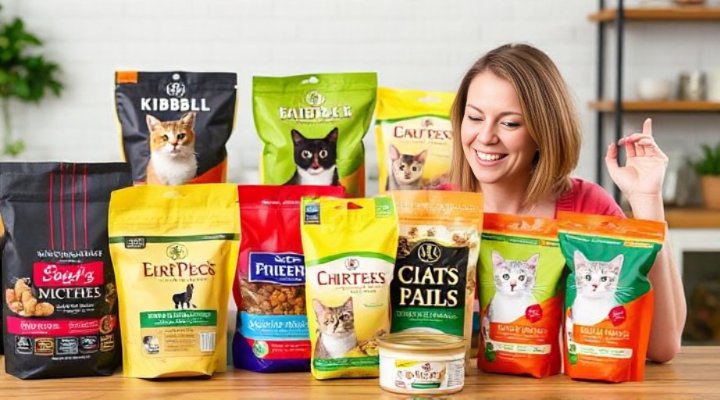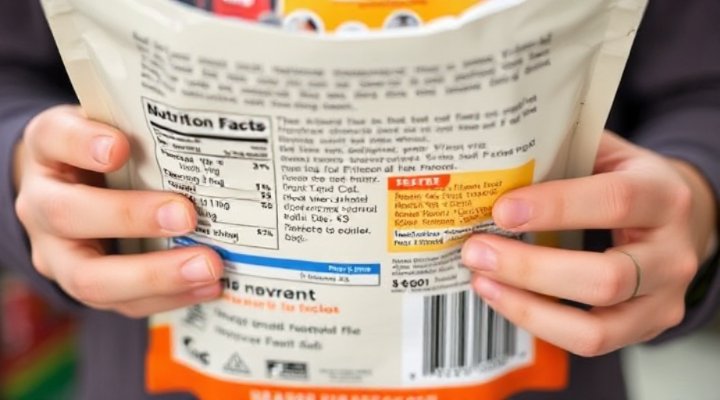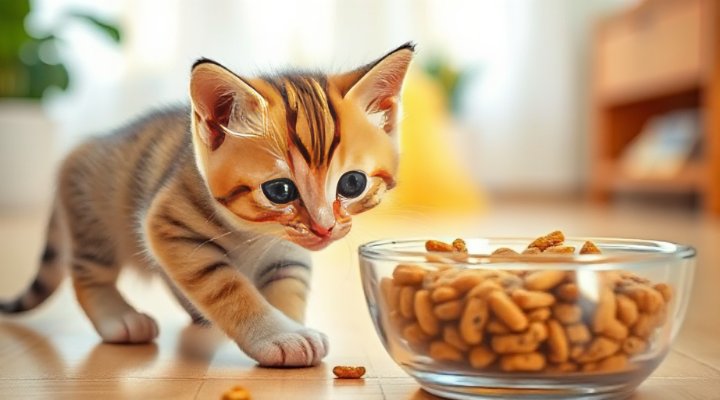Choosing the right cat food is essential for your cat’s health, energy levels, and overall well-being. In this guide, we’ll explore how to select the best cat food by understanding nutritional needs, deciphering labels, and considering your cat’s age and health. Whether you’re a new cat owner or looking to switch your feline’s diet, this comprehensive guide will help you make informed decisions.

Understanding Your Cat’s Nutritional Needs
Cats are obligate carnivores, which means they require a diet rich in animal protein. Unlike dogs, cats cannot thrive on a vegetarian diet. Protein should be the primary ingredient in any high-quality cat food. Additionally, cats need essential amino acids like taurine, which is crucial for heart and eye health.
Fat is another important component of your cat’s diet. It provides energy and helps absorb vitamins. However, too much fat can lead to obesity, so balance is key. Carbohydrates, on the other hand, are not a natural part of a cat’s diet and should be limited.
Water intake is often overlooked but is vital for your cat’s health. Cats have a low thirst drive, so wet cat food can help keep them hydrated. For more tips on keeping your cat healthy, check out our guide on how to safely walk a cat on a leash.

Types of Cat Food: Dry, Wet, and Raw
There are several types of cat food available, each with its own pros and cons. Dry cat food is convenient and has a long shelf life, but it often contains more carbohydrates and less moisture. Wet cat food, on the other hand, is higher in protein and moisture, making it a great option for hydration.
Raw cat food is gaining popularity, as it closely mimics a cat’s natural diet. However, it requires careful handling to avoid bacterial contamination. Some cat owners opt for a combination of dry and wet food to balance convenience and nutrition.
When choosing between these options, consider your cat’s preferences and any specific health needs. For example, cats with urinary tract issues may benefit from wet food’s higher moisture content.

How to Read Cat Food Labels
Understanding cat food labels can be tricky, but it’s essential for making the best choice. The first ingredient listed should be a high-quality protein source, such as chicken, turkey, or fish. Avoid foods that list fillers like corn or wheat as the main ingredients.
Look for the AAFCO (Association of American Feed Control Officials) statement, which ensures the food meets nutritional standards. Phrases like ‘complete and balanced’ indicate the food provides all necessary nutrients.
Be wary of marketing terms like ‘gourmet’ or ‘premium,’ which don’t have standardized definitions. Instead, focus on the ingredient list and nutritional guarantees. For more expert advice, visit the FDA’s pet food labeling guide.

Special Diets for Different Life Stages
Cats have different nutritional needs at various life stages. Kittens require more protein and calories to support their growth, while senior cats may need fewer calories and more joint-supporting nutrients.
Pregnant or nursing cats also have unique dietary requirements. Consult your veterinarian to ensure your cat’s food meets these needs. Additionally, cats with health issues like diabetes or kidney disease may require prescription diets.
Remember, sudden changes in diet can upset your cat’s stomach. Gradually transition to new food over a week by mixing increasing amounts of the new food with the old.

Common Cat Food Myths Debunked
There are many myths surrounding cat food that can lead to poor choices. One common misconception is that grain-free food is always better. While some cats may benefit from grain-free diets, grains are not inherently harmful unless your cat has an allergy.
Another myth is that expensive cat food is always superior. Price doesn’t always correlate with quality. Instead, focus on the ingredients and nutritional content. For more insights, check out our article on best gravy train dog treats, which also covers pet nutrition basics.
Lastly, homemade cat food isn’t necessarily healthier. Without proper knowledge, it’s easy to miss essential nutrients. If you’re considering homemade meals, consult a veterinary nutritionist.
Final Thoughts
Choosing the right cat food is one of the most important decisions you’ll make for your feline friend. By understanding their nutritional needs, reading labels carefully, and considering their life stage, you can ensure they live a long, healthy life.
For further reading, the AVMA’s pet nutrition resources offer valuable information. And if you’re also a dog owner, don’t miss our guide on dog jumping training tips.
Keywords: cat food, best cat food, healthy cat food, cat nutrition, choosing cat food, wet cat food, dry cat food, raw cat food, kitten food, senior cat food.

